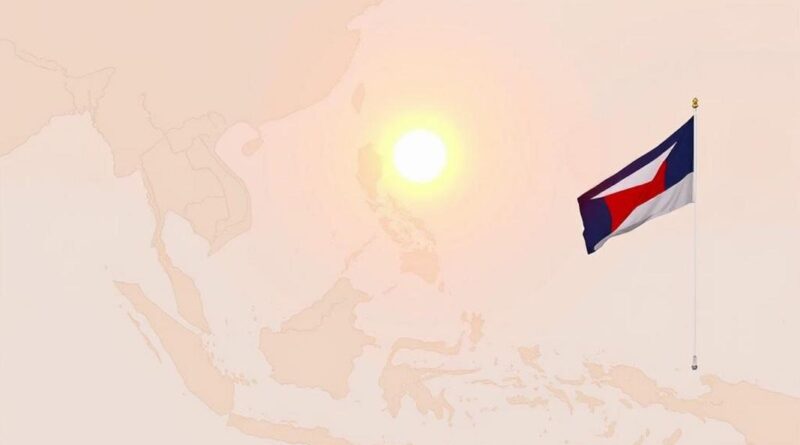Europe’s New Strategy: Strengthening Ties with Southeast Asia Amid Global Tensions
Europe’s New Strategy: Strengthening Ties with Southeast Asia Amid Global Tensions
The Geopolitical Landscape of Southeast Asia
Southeast Asia’s geopolitical significance has surged as global powers jostle for influence in the region. As China’s assertive maneuvers in the South China Sea and the U.S.’s tariff strategies pose challenges, European nations are now keenly aware of the potential to forge new alliances. However, navigating the historical complexities and long-standing trade relationships that favor China and the U.S. presents a formidable challenge. Understanding this delicate dance of diplomacy is crucial for Europe if it aims to reposition itself as a key player in the region.
Europe’s Aspirations Amid Economic Realities
European leaders have articulated ambitious goals to deepen their engagement with Southeast Asia, yet the practical realities of limited trade ties and existing economic dependencies cannot be overlooked. Unlike robust relations maintained by China and the U.S., Europe’s current standing in trade—approximately 258.7 billion euros—renders the EU a distant third player. Analysts highlight the necessity for Europe to revitalize its trade agreements and explore avenues for investment if it hopes to establish a significant foothold in this strategically vital region.
The Role of Defense and Supply Chains
With Europe eyeing Southeast Asia for potential defense partnerships and diversified supply chains, the focus on mutual security and economic resilience emerges as a key narrative. The region not only offers access to significant raw materials essential for the EU’s green transition but also a platform for mutual defense collaborations. Such relationships could help Southeast Asian countries balance against overwhelming influences from China and the U.S., providing a fresh approach to traditional security alliances built on economic ties and interdependence.
Challenges in Building Lasting Relationships
The journey to stronger ties between Europe and Southeast Asia is fraught with challenges. As highlighted by experts, the geographic distance and differing political viewpoints can complicate diplomatic efforts. Europe’s struggle to create meaningful trade agreements, despite shared concerns over territorial disputes and stability, reflects the intricate dynamics that govern international relations in this fast-evolving arena. Without significant reforms and a commitment to fueling trade discussions, Europe risks remaining an afterthought in Southeast Asia’s economic plans.
Conclusion: Opportunities for Collaboration
As Europe endeavors to enhance its role in Southeast Asia amidst U.S.-China tensions, the continent might well serve as a stabilizing partner for the region. By emphasizing reliability, transparency, and collaborative growth in crucial sectors like energy and digital governance, Europe can position itself as an alternative ally that complements existing partnerships. You can read more from the original source here. How will Southeast Asian nations navigate their relationships amidst these shifting dynamics, and what role will they want Europe to play in their future?

The Geopolitical Landscape of Southeast Asia
Europe’s Aspirations Amid Economic Realities
The Role of Defense and Supply Chains
Challenges in Building Lasting Relationships
Conclusion: Opportunities for Collaboration

